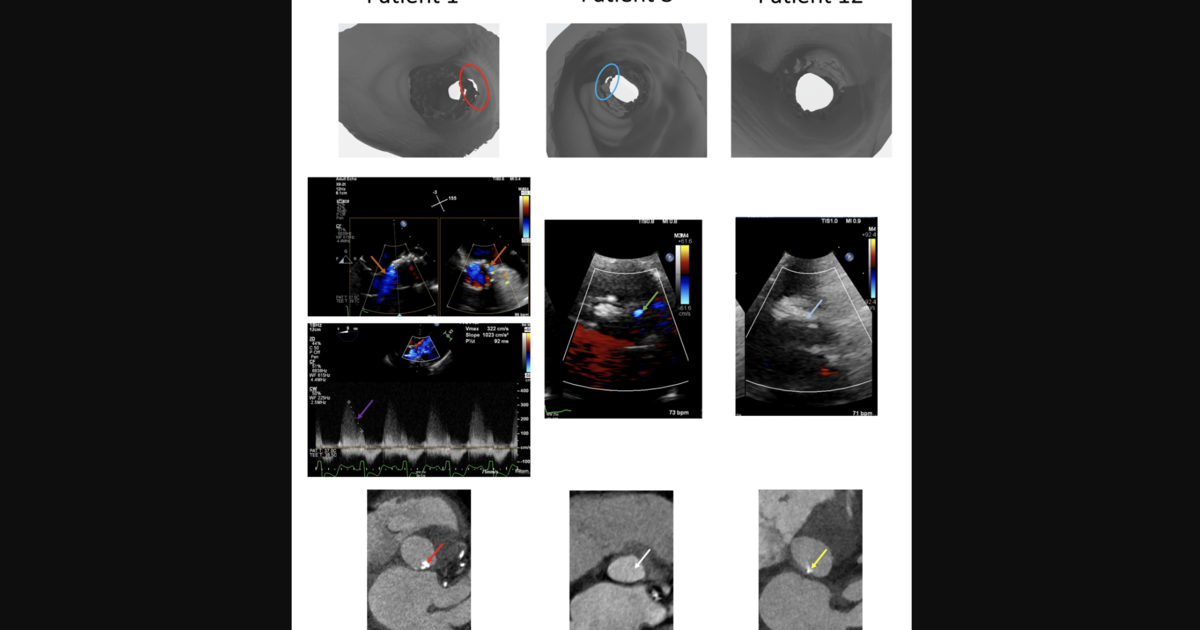Virtual Reality Simulations in Predicting Post-TAVR Paravalvular Leak: A Promising Tool for Enhanced Patient Care
Virtual reality (VR) simulations are proving to be a game-changer in predicting potential complications following transcatheter aortic valve replacement (TAVR), according to a recent study published in the Journal of Medical Imaging.
For each patient, specialists performed VR simulations using a headset from Valve and medical image processing software from Realize Medical. The simulations, built using CT images and including the same TAVR valve as the actual procedure, were assessed for malapposition and compared with post-procedural paravalvular leak (PVL) data captured by echocardiography.
The study, which included data from 22 patients, found that VR simulations accurately predicted the presence or absence of PVL in all cases. Additionally, the simulations provided valuable insights into oversizing for different types of valves, with a median oversizing of 16.3% for balloon-expandable valves and 7.9% for self-expanding valves.
The VR simulations also outperformed other metrics in identifying malapposition, with an area under the ROC curve of 0.83 compared to lower values for annular calcium, calcified raphe, and annular eccentricity index.
The research team concluded that VR simulations could play a crucial role in predicting and preventing complications following TAVR. While the study had limitations, including a small sample size and data from a single facility, the findings suggest that VR technology could revolutionize TAVR care in the near future.
“VR is changing the medical landscape and may be the solution to future cost-effective periprocedural planning to reduce complications, guide valve size and selection, and streamline procedures,” the authors wrote. They also highlighted the potential for additional algorithms to simulate tissue elasticity and computational fluid dynamics to enhance VR simulations with realistic interactions and hemodynamic assessment of valves.
Overall, the study underscores the potential of VR technology to improve patient outcomes and enhance the efficiency of TAVR procedures in the United States and beyond.
